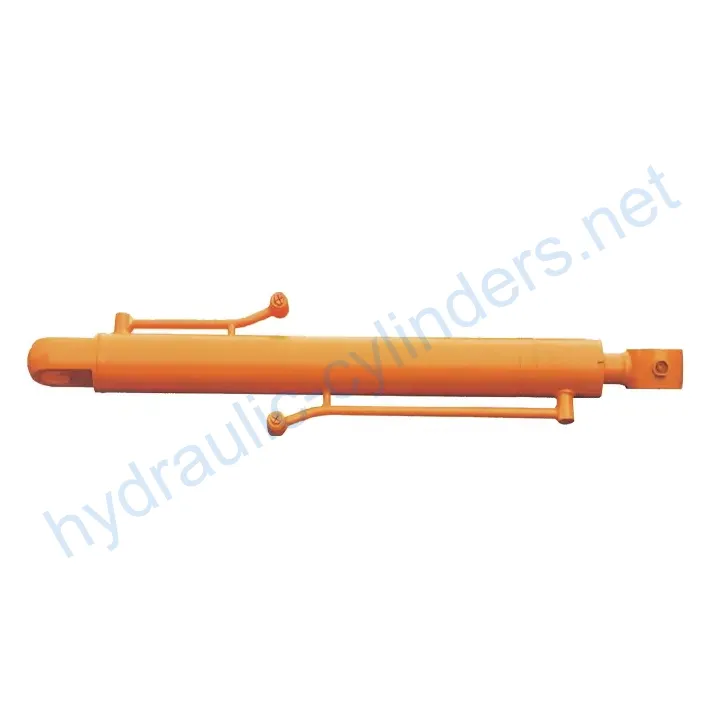Boom Cylinder For Hengte HT65-8
Üheks hüdrosilindrite tootjaks, tarnijaks ja mehaaniliste toodete eksportijaks pakume hüdrosilindreid ja paljusid teisi tooteid.
Palun võtke meiega ühendust üksikasjade saamiseks.
Post:sales@hydraulic-cylinders.net
Tootja tarnija eksportija hüdrosilindrid.
Boom Cylinder For Hengte HT65-8
Introduction to Boom Cylinders
The Boom Cylinder is a crucial hydraulic component in machinery, specifically designed for controlling the movement of buckets in heavy equipment like excavators, backhoe loaders, and front loaders. It enables the bucket to lift, lower, and tilt, facilitating efficient material handling tasks. By harnessing the power of hydraulic fluid, these cylinders provide the necessary force to perform demanding operations. This makes them an indispensable part of any construction or agricultural machinery.
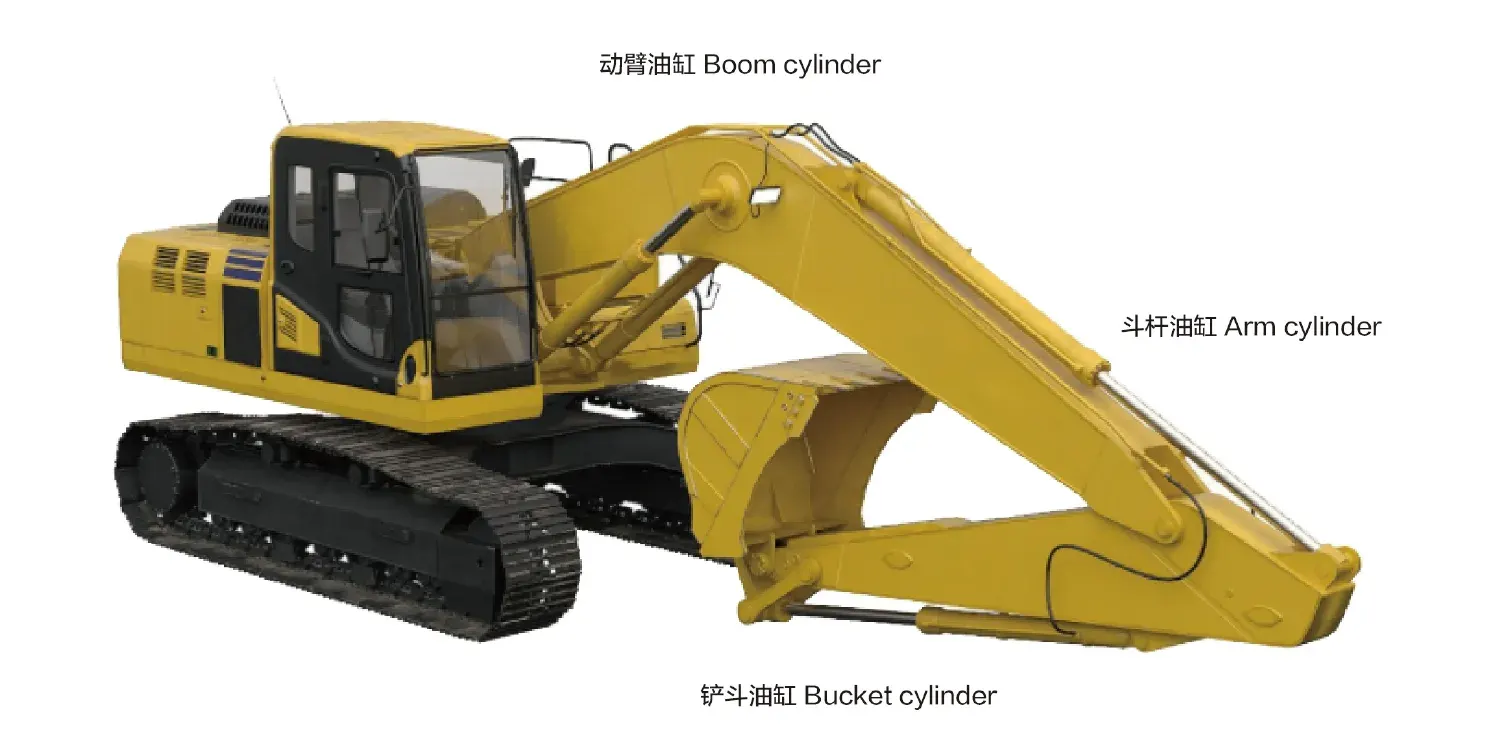
Features of the Boom Cylinder
-
High Strength and Durability
Typically made from high-strength steel or aluminum, the boom cylinder can withstand high pressure and heavy loads, making it suitable for harsh working environments. Its design takes into account wear resistance and corrosion resistance, significantly prolonging its lifespan.
-
Efficient Hydraulic Operation
Utilizing the pressure of hydraulic oil allows for smooth extension and retraction, enabling quick responses to control commands. This feature provides substantial pulling and pushing power, essential for handling heavy and complex tasks.
-
Variety of Types
Different types of boom cylinders are available, including single-acting (operating hydraulic pressure in one direction) and double-acting (operating in both directions) cylinders. Some models are telescopic, allowing for greater extension without increasing external dimensions, ideal for applications where space is limited.
-
Compatibility with Existing Equipment
Our products perfectly replace existing hydraulic cylinders, ensuring seamless integration into your current machinery setup.
-
Advanced Technology
Incorporating the latest innovations in hydraulic technology enhances performance, reliability, and operational efficiency, meeting the demands of modern heavy-duty applications.
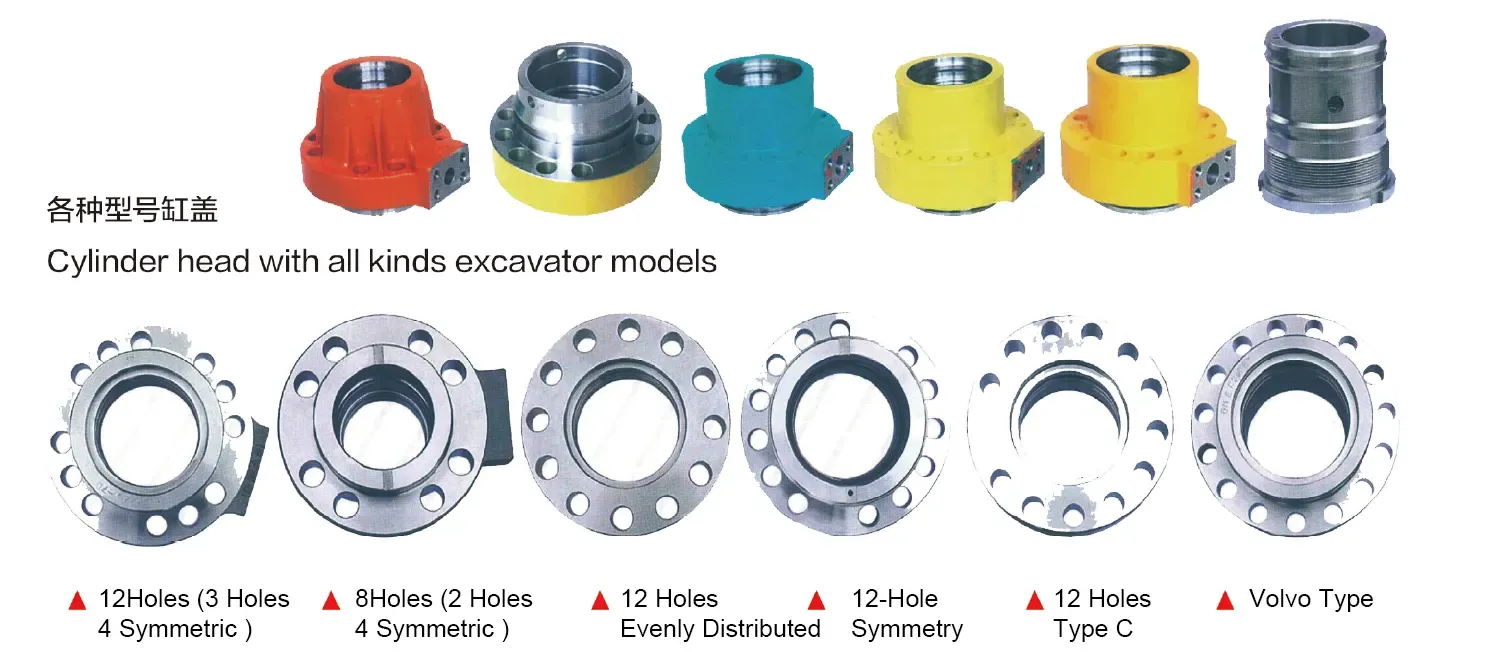
Applications of Boom Cylinders
Construction Equipment
In excavators, boom cylinders are vital for digging, loading, and moving soil or debris. They allow the bucket to penetrate the ground effectively, enabling operators to perform excavation tasks efficiently. The hydraulic power ensures that the excavator can handle various soil types and debris sizes, making it a highly versatile tool on construction sites.
Agricultural Machinery
For front loaders, boom cylinders facilitate the lifting, scooping, and transporting of soil, hay, and other materials. The ability to control the bucket’s movement precisely allows farmers to optimize their loading operations, increasing productivity and reducing labor costs. The power and reliability of these cylinders are essential for handling heavy agricultural payloads.
Excavators
In excavators, the bucket cylinder plays a crucial role in executing digging actions. By allowing the bucket to penetrate the soil efficiently, it enhances the excavator’s ability to complete challenging tasks, such as trenching and foundation work. The responsiveness of hydraulic systems ensures that operators can make quick adjustments as needed, improving overall efficiency.
Loaders
In front loaders, boom cylinders assist in lifting and dumping loads efficiently. The hydraulic system enables the operator to lift heavy materials with ease, ensuring quick and effective loading and unloading processes. This capability is vital in various industries, including construction, waste management, and agriculture.
Design Considerations and Selection Criteria
-
Load Capacity
When selecting a boom cylinder, understanding the load capacity is vital. It determines the maximum weight the cylinder can handle effectively without failure. A properly rated cylinder ensures safe operation during heavy-duty tasks, preventing accidents caused by overloading.
-
Sealing
Effective sealing is crucial for maintaining hydraulic pressure within the cylinder. High-quality seals prevent fluid leakage, ensuring optimal performance and reducing the risk of contamination. Seals must be durable and resistant to wear, as they are critical in maintaining the cylinder’s functionality over time.
-
Durability
Constructed to withstand extreme conditions, the durability of a boom cylinder affects its lifespan and reliability. Materials used should resist corrosion, wear, and fatigue, especially in harsh working environments. Selecting cylinders designed for durability minimizes maintenance and replacement costs.
-
Safety
Safety features are paramount in hydraulic systems. Cylinders should include safety valves and pressure relief mechanisms to prevent failures during operation. Understanding safety standards and regulations is essential to ensure compliance and protect operators and equipment.
-
Maintainability
Ease of maintenance is a vital consideration when selecting a boom cylinder. Features such as accessible lubrication points, replaceable seals, and straightforward installation processes contribute to the overall maintainability of the hydraulic system. A well-designed cylinder allows for timely and effective maintenance, keeping the machinery operational.

Sealing and Lubrication
Reliable sealing and lubrication are essential for the optimal performance of hydraulic cylinders. Various sealing components, such as piston seals and rod seals, are employed to prevent hydraulic fluid leakage. These seals are often made from abrasion-resistant materials like polyurethane and nitrile rubber, ensuring durability and effectiveness.
The surfaces of the cylinder body and threaded ends undergo meticulous processing to enhance wear resistance, promoting longevity. Regular lubrication with the appropriate hydraulic oil is necessary to maintain smooth operation and prevent wear over time. Proper lubrication reduces friction among moving parts, ensuring efficient hydraulic action and extending the life of the boom cylinder.
Regular Inspection and Preventive Maintenance Measures
-
Regular Inspections
Conducting periodic inspections is vital for identifying potential issues before they escalate. Check for visible leaks, wear and tear on seals, and any signs of damage or deformation. Early detection allows for timely repairs, preventing further damage to the hydraulic system.
-
Proper Lubrication
Ensure that the hydraulic system is adequately lubricated with the recommended hydraulic fluid. Regularly refill the oil reservoir and check for contamination or degradation of the hydraulic fluid. Proper lubrication minimizes wear on internal components, optimizing performance and extending the cylinder’s life.
-
Seal Replacement
Seals should be replaced as part of regular maintenance to prevent hydraulic fluid leakage. Signs of wear, such as fluid leaks or reduced performance, indicate it’s time for seal replacement. Replacement seals should match the specifications of the original equipment for proper functionality.
Installation Guidelines
Proper installation of the boom cylinder is crucial for optimal performance. Start by ensuring all components are clean and free from debris. Align the cylinder accurately with the mounting brackets to prevent misalignment, which can lead to premature wear and failure.
Use appropriate mounting supports to secure the cylinder, ensuring stability during operation. After installation, check hydraulic connections for leaks and ensure all fasteners are tightened to manufacturer specifications. Once installed, conduct a pressure test to confirm the system’s integrity and efficiency.
Common Maintenance Tasks
-
Regular Checks
Periodic checks of the hydraulic system and boom cylinder are essential for maintaining performance. Inspect for leaks, ensure hydraulic lines are intact, and confirm the operational integrity of the cylinder. Regular monitoring can help catch issues early, reducing costly repairs.
-
Proper Lubrication
Maintaining adequate lubrication is crucial for the hydraulic system’s efficiency. Regularly check lubricant levels and refill with the appropriate hydraulic fluid as needed. Ensuring proper lubrication minimizes friction, preventing wear and extending the operational life of the cylinder.
-
Seal Replacement and Calibration Checks
Replace seals as required to prevent fluid leakage, and conduct calibration checks to ensure the hydraulic system functions correctly. Proper calibration ensures that the cylinder operates within its defined parameters, enhancing overall performance and safety.
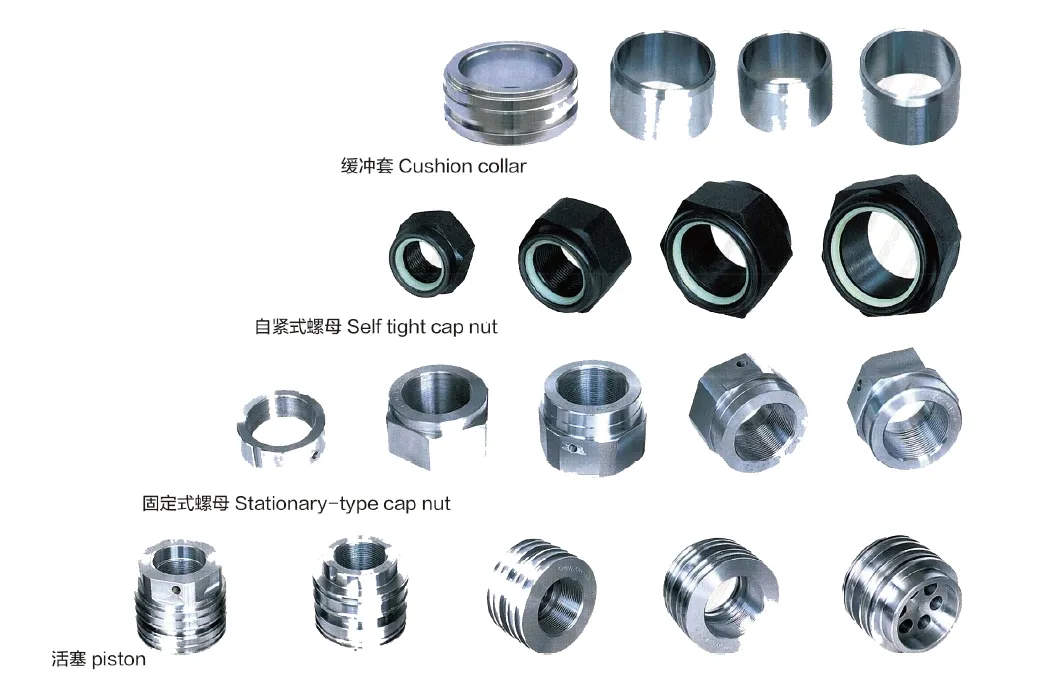
Safety Considerations and Environmental Factors
Safety measures are vital when working with hydraulic systems. Operators should be trained on the potential hazards associated with hydraulic equipment, including the risk of hydraulic fluid leaks and pressure-related injuries. Protective gear should be worn at all times to minimize risks. Additionally, environmental considerations should include proper disposal of hydraulic fluids and components to prevent pollution and comply with local regulations.
Fault Diagnosis and Common Issues
-
Loss of Hydraulic Pressure
A common issue is the loss of hydraulic pressure, which can be caused by leaks in seals or hydraulic lines. To diagnose, inspect for visible leaks and test the system’s pressure levels. Ensure all connections are secure, and replace any damaged components.
-
Slow or Unresponsive Cylinder Movement
If the cylinder moves slowly or unresponsively, check for air in the hydraulic fluid and ensure the fluid is at the correct level. Inspect for blockages in the hydraulic lines that could impede flow, and clear any debris found.
-
Excessive Wear on Seals
Excessive wear on seals can indicate improper lubrication or misalignment. Regularly check seals for wear, replace them when necessary, and ensure the cylinder is aligned properly during installation to avoid undue stress on the seals.
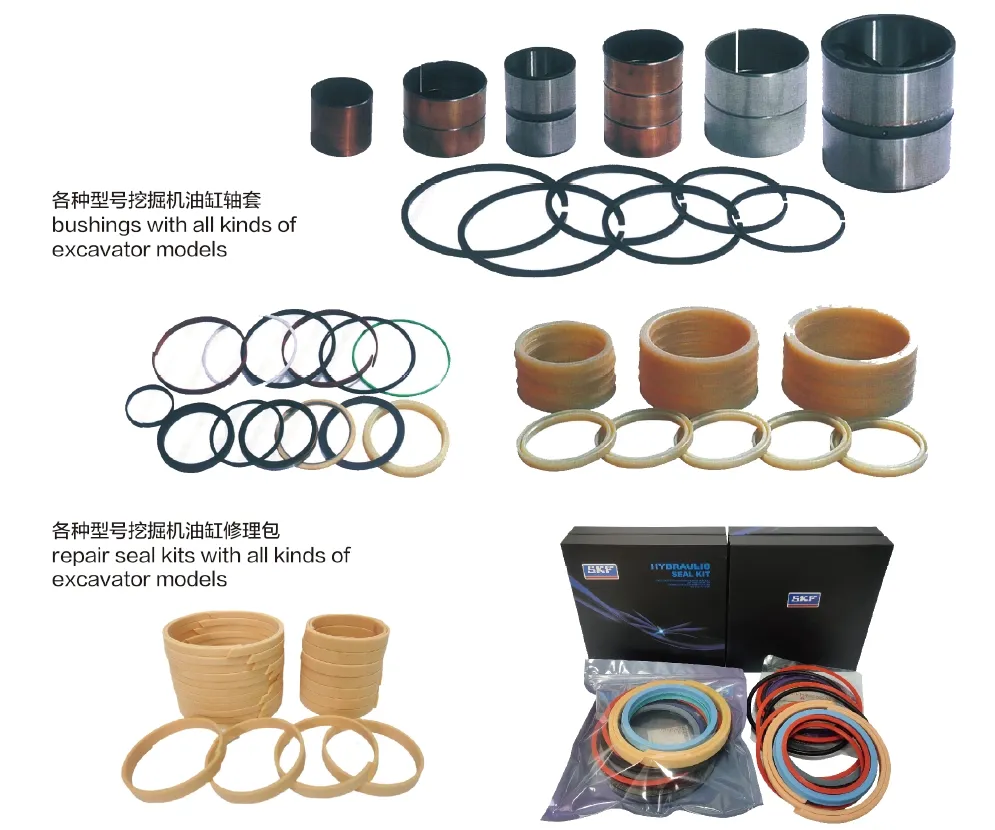
Troubleshooting Tips and Preventive Measures
To effectively troubleshoot issues, always begin with a systematic approach. Check fluid levels and ensure the hydraulic system is free from contaminants. Regular maintenance practices, such as timely inspections and proper lubrication, are crucial in preventing potential problems. Keeping a log of service records can help track performance and identify patterns that may indicate underlying issues.
About Our Company
We are a leading manufacturer of replacement hydraulic cylinders, offering a comprehensive range of products that cater to both domestic and international markets. Our commitment to excellence is reflected in our detailed manufacturing management strategies, combining skilled technical personnel, advanced digital manufacturing equipment, and professional testing systems to continuously improve our production platform.
Our strong capabilities allow us to adhere to high standards of efficiency, accuracy, and quality, ensuring we meet the diverse needs of our clients. With a focus on professionalism, international certifications, and customized services, we stand out in the hydraulic cylinder manufacturing sector. Our state-of-the-art production equipment and exceptional after-sales service further enhance our reputation as a trusted supplier.
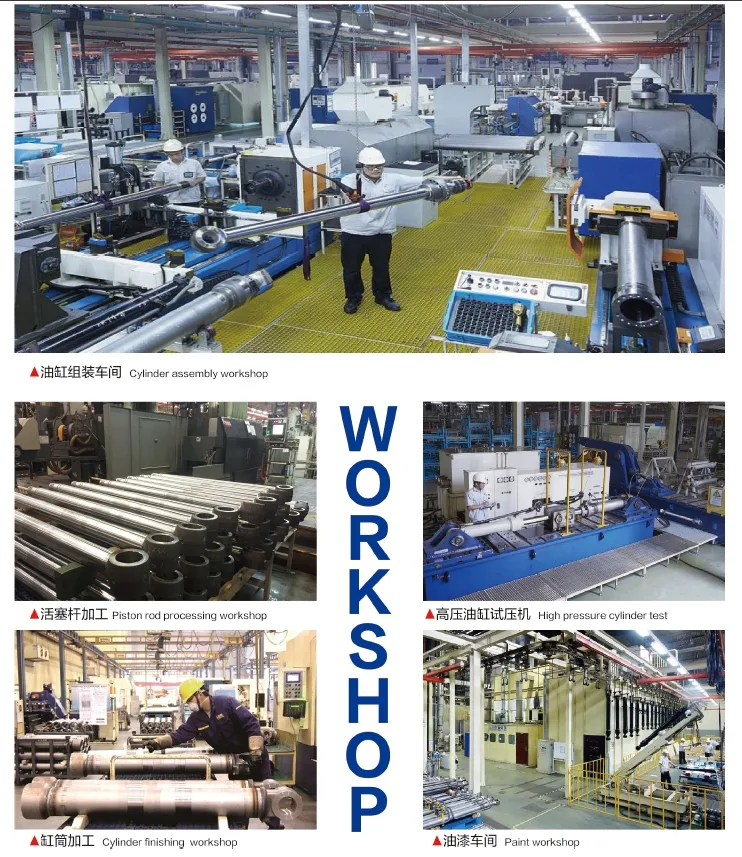
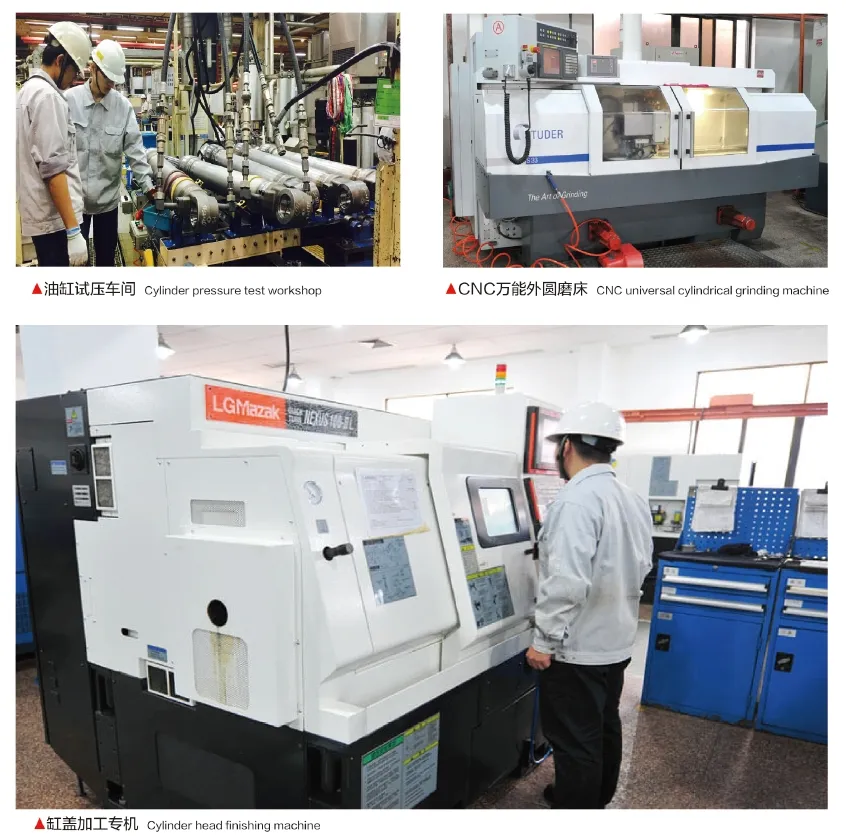
Author lyl
Tehke ekskursioon meie VR-tehases:
Tehke ekskursioon meie VR-tehases koos järgmisega
Hüdrosilindri kasutamine:


